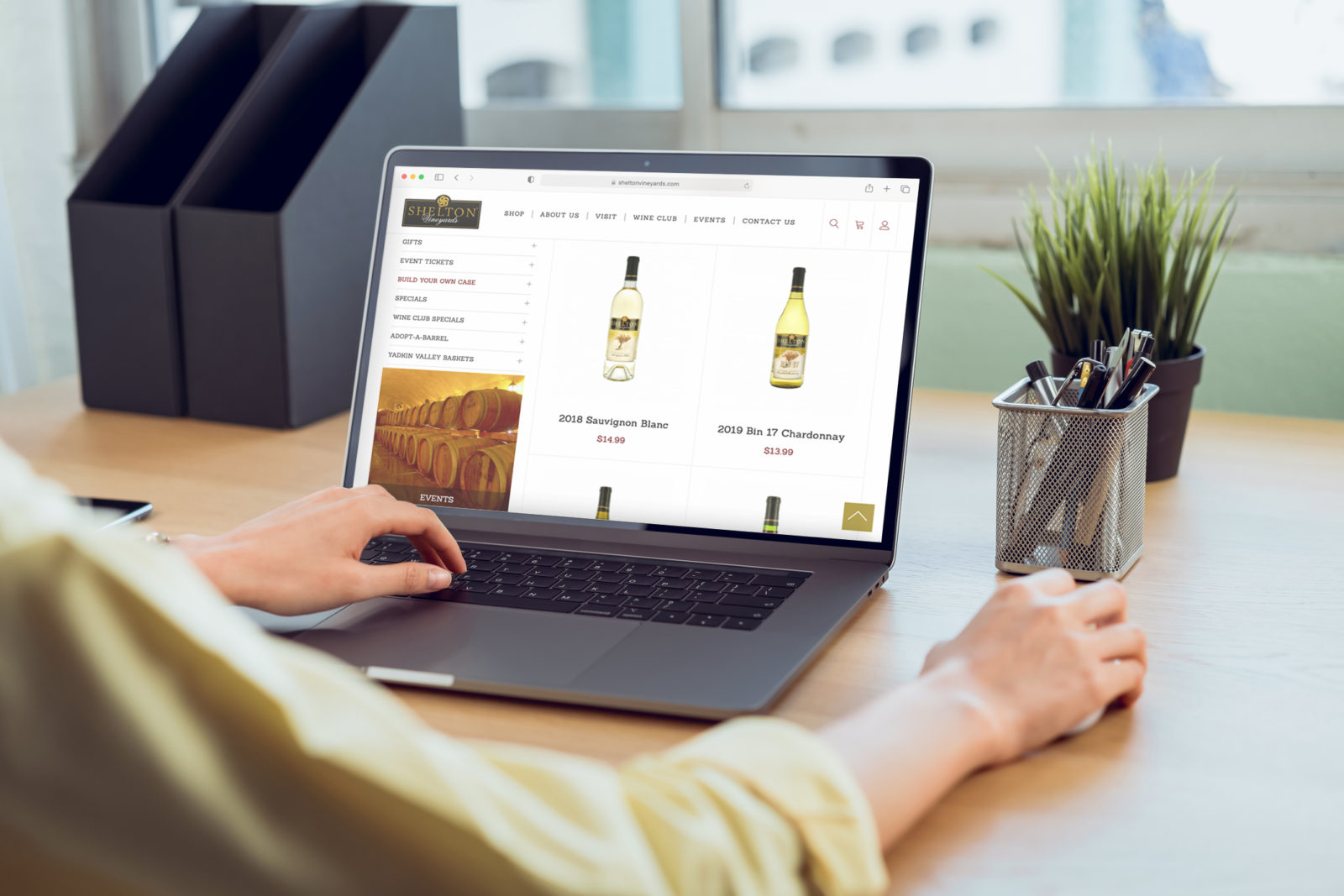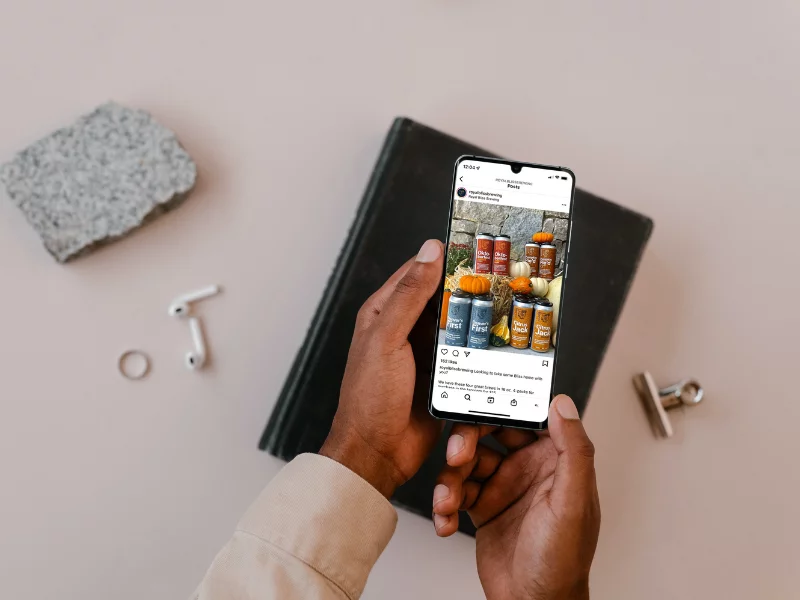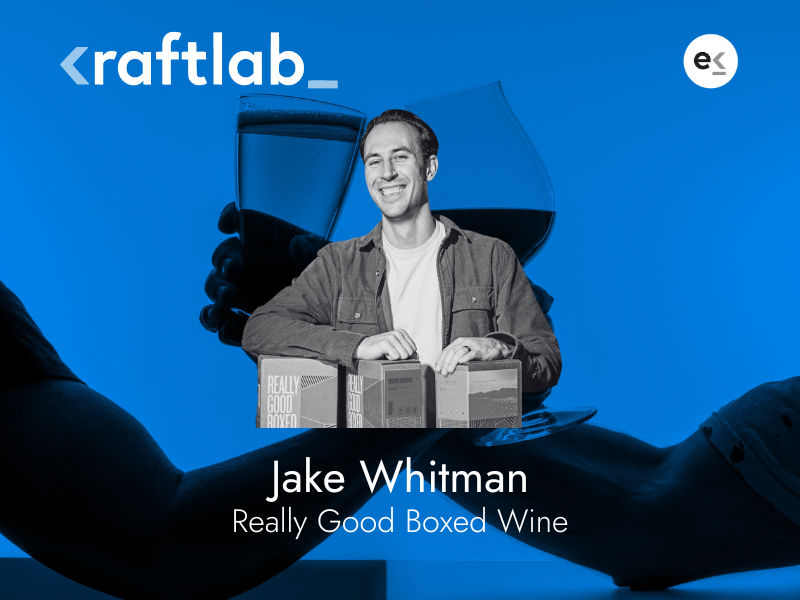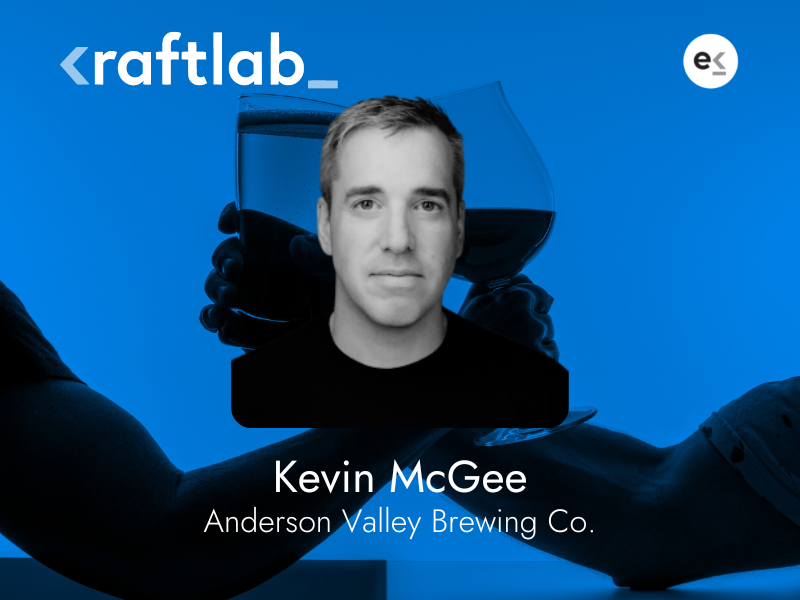Digital marketing is one of the most effective marketing tools available to alcohol producers like breweries and wineries. It’s much more cost-effective than traditional marketing strategies, it offers plenty of data to help your team track KPIs, and it allows you to easily tailor your marketing strategies to suit your customers’ tastes. But, admittedly, the world of digital marketing is complex, and it’s difficult to know where to start. In this article, we’ll go over the basics of digital marketing for alcohol producers. We can only scratch the surface of this topic, so if you’d like more detailed information, check out some of the resources we link to in this post.
What Is Digital Marketing?
Digital marketing is a category of marketing strategies that use the internet to reach out to and attract potential customers. It’s an extremely broad category, encompassing tactics such as digital advertising, search engine optimization (SEO), social media, mobile apps, and email marketing. Businesses often choose digital marketing over traditional marketing such as radio or TV advertisements because of their efficacy, lower cost, and customizability. Digital marketing is also an excellent tool for reaching younger demographics, who tend to be highly online and who are responsive to digital marketing campaigns.
Inbound vs. Outbound Digital Marketing
Digital marketing strategies may be inbound or outbound. Outbound marketing “pushes” communications to the target audience. Outbound tactics include digital advertising on websites, search engines like Google, and social media sites. Traditional ads in print publications, on billboards, and radio or TV commercials also fall in this category.
Inbound marketing is a technique unique to digital marketing, in which businesses create useful or interesting content that attracts their ideal customer and invites them to join the sales funnel voluntarily. Instead of pushing content to consumers, inbound marketing pulls them in. For breweries and wineries, inbound marketing tactics include website content, opt-in email newsletters, and organic (non-paid) social media posts.
Whichever type of marketing strategy you use, the goal is to find potential customers and engage them in your sales funnel. Typically, inbound marketing is more cost-effective for small businesses like breweries and wineries. But keep in mind that inbound marketing can take a lot of effort, even if the sticker price is cheaper.
Digital Marketing Must-Haves for Alcohol Producers

An Effective Website
In today’s digital world, consumers have high expectations for businesses and their websites. Even if you eschew most other forms of digital marketing, an effective website is a must-have. Consumers, especially those from the younger generations, tend to be suspicious of businesses without an online presence. Almost as bad are websites with clunky, outdated web design. The norms of web and digital design change often, so if you haven’t updated your website in some time, consumers will notice. Not only should the design look distinctive and modern, it should also be easy to use.
Design isn’t the only feature that impacts how consumers experience your website. SEO, or search engine optimization, is a digital marketing strategy that helps you boost your website’s search results on Google using keyword phrases and other techniques. SEO is a large and complicated domain, but the gist of it is that you want to have written content on your website that reflects what users are searching for. If you’re marketing a hazy IPA, use those words to describe it, rather than less commonly used language that most consumers don’t know and won’t be searching for.
Another way to improve your business’s search engine results is to create or improve your Google Business Profile. This feature shows search engine users pertinent information about your business (like business hours, a telephone number, and a physical address) when they search for you. You can connect this business profile to your website to improve your web traffic. Learn more about online marketing tactics for local businesses.
Social Media

Business owners need to be intentional about how they invest in social media. It’s difficult to track sales from social media, and social media engagement doesn’t always result in improved sales. Fortunately, it is a wonderful tool for alcohol producers. Consumers love getting a behind-the-scenes look at how their favorite beverages are made and enjoyed. You can also use social media to show off what’s happening at your taproom or tasting room. Make your customers want to visit you!
You don’t need to invest too much in your social media presence to start. All you really need are decent photos relevant to your business and someone to post on your feed. Instagram is generally the best platform to start with for alcohol producers, but TikTok is great if you have the resources to explore it fully.
Social media is also a great opportunity to experiment with paid advertising. These platforms offer affordable, highly customizable advertisements to businesses. While paid advertising is not necessary for a successful social media strategy, it’s nice to know that the option is there in case you ever decide to venture down that path.
Email Marketing
Email marketing is tragically under-utilized as a marketing strategy for breweries and wineries. It’s not as flashy or interesting as social media — something about it feels tremendously old-school. But the truth is that email marketing remains one of the most effective marketing strategies. When you publish content on social media, you can’t be sure that your customers will see your post. In fact, you can be reasonably certain that most of them will not see it because of the way social media algorithms work. In comparison, email marketing can offer high percentages of customers actually opening and clicking through promotions, especially if the customer willingly “opted in” to receive communications from your company.
Email marketing doesn’t have to be complicated. Start with the emails of known customers, collected through an ecommerce store or even signups at your tasting room. Sign up for one of the many email marketing services such as Mailchimp, Constant Contact, or ConvertKit. Use your new email marketing service to send regular emails to the people on the list, slowly at first. Emails can promote new products, announce events, share popular social media posts, and more.
As your team gets more comfortable sending emails regularly, install a sign-up form on your website. You can use a simple form (these tools are often offered by email marketing services) or a lead magnet, such as a discount code for your online store, to get people to sign up. In this way, you can steadily grow your list and work on improving your email marketing strategies to convert more folks to paying customers.
Invest in a Digital Redesign
With the basics of digital marketing covered, let’s touch on one more key aspect of maintaining a business presence online. In the digital world, aesthetics are everything. Outdated design can be distasteful or annoying to users. If you want to improve your digital presence and you haven’t already, we strongly suggest you consider investing in a digital redesign. It would be a shame to invest time and money into social media and email marketing only to have consumers immediately click away from your clunky, outdated website.
A digital redesign can be as limited or as comprehensive as you have resources for. Presuming you already have a design strategy for your products, and a decent business logo, the most important place to start is your website. If you don’t have anyone on your team with the skills to do this, consider working with a freelance web designer. If you do have more resources to spare, a whole digital overhaul with a design agency could be beneficial. You don’t have to scrap everything and start over — simply updating your designs across the company and making sure they’re all cohesive with one another is enough. What’s most important is ensuring your website is easy to navigate and offers people the information they want. At the bare minimum, include information about your beverages, your taproom or tasting room (including what’s available to purchase there), and links to your social media profiles.
Photography & Videography
High-quality photos and videos can be used across multiple platforms. They provide a professional, cohesive look to your website and social media, and you can use them for many purposes. Have someone on your team take updated photos and videos of your inventory to use as promotional content. Better yet, hire a professional photographer and/or videographer to capture some content for you. These assets are all but timeless and can be reused over and over again on many platforms — well worth investing in.
Still Feeling Overwhelmed?
We know digital marketing is an overwhelming topic. If the strategies we discussed still feel like too much for you, consider working with a professional. While hiring someone full-time is a good way to maintain a cohesive strategy over time, it is expensive and there are other ways to get the help you need. Consider working with a freelance marketing consultant or web designer. These professionals can help you pinpoint weak spots and address them, without the larger financial cost associated with hiring someone to your full-time staff. Best of luck in your digital marketing journey!



